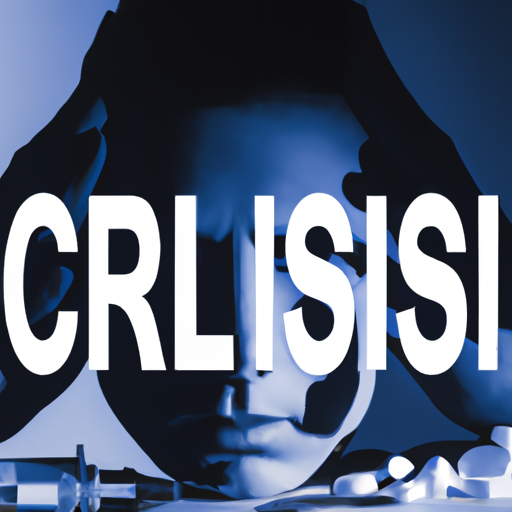In the midst of the unforgiving COVID-19 pandemic, another devastating crisis has persisted — the Canadian opioid crisis. Referencing a recent Yahoo News article, it is imperative that we discuss the persistent and alarming effects of the opioid crisis, explore the initiatives taken to combat it, and highlight the subsequent challenges facing our communities.
The Persistent Epidemic
The opioid crisis in Canada, characterized by a surge in drug overdoses and deaths, has not just persisted but escalated during the COVID-19 pandemic, with a reported 1,765 apparent opioid toxicity deaths in 2020, a record for a six-month period. This unrelenting wave of drug-related tragedies is not limited to any specific demographic or geographic location; it is a nationwide problem, affecting individuals and communities from all walks of life.
A significant contributing factor to this crisis is the widespread availability and use of dangerously potent synthetic opioids. Fentanyl and carfentanil, for instance, have been found in an increasing number of overdose cases. These drugs, known for their extreme potency and lethal potential, have exacerbated this unprecedented public health emergency.
Beyond the alarming mortality rates, the opioid crisis also has numerous secondary implications. Among those is its deep impact on the homeless population. Many homeless individuals struggle with substance use disorders, and the prevalence of opioids in the street drug supply has made homelessness an even more dangerous and precarious state.
Furthermore, the opioid crisis has also been linked to escalating crime rates, as individuals battling addiction may resort to illegal activities to fund their habit. This not only poses a threat to public safety but also adds to the complexity of tackling the issue.
Efforts to Combat the Crisis
In response to this dire situation, various initiatives have been implemented to combat the opioid crisis. These include:
- Naloxone Distribution Programs: Naloxone, a life-saving drug that can temporarily reverse an opioid overdose, has been made widely accessible across Canada. Increased distribution of naloxone kits and training in their use has been a key strategy in harm reduction efforts.
- Supervised Consumption Sites: These sites offer a safe and hygienic environment for individuals to use illicit drugs under the supervision of trained staff. They are vital in preventing overdose deaths and reducing the transmission of infectious diseases.
- Opioid Agonist Therapy (OAT): This evidence-based medical treatment involves the use of medications like methadone and buprenorphine to manage opioid dependence.
- Canadian Opioid Abatement Class Action: This is a legal effort to hold opioid manufacturers and distributors accountable for their role in the crisis. The goal is to secure funding for treatment, education, and prevention efforts.
Persistent Challenges
While these efforts have resulted in positive developments, numerous challenges remain. Access to treatment services is often hindered by geographic, financial, and social barriers. Stigma also plays a significant role in preventing individuals from seeking help. Furthermore, the continuous presence of potent synthetic opioids in the street drug supply, and the often uncertain quality of these illicit substances, continues to pose a significant risk.
Closing Thoughts
The opioid crisis truly is a national emergency, warranting immediate, comprehensive, and sustained attention and resources. While significant strides have been made in combatting the crisis, there is a clear need for increased investment in harm reduction, treatment programs, mental health support, and housing initiatives. As we navigate these precarious times, let’s remember that behind each statistic is a life, a story, and a community feeling the impacts of this crisis.
In closing, the key takeaways from our discussion include:
- The Canadian opioid crisis has persisted amid the COVID-19 pandemic, posing a significant threat to public health and safety.
- The crisis affects various aspects of society, including homelessness and crime rates.
- Efforts to combat the crisis include increased naloxone distribution, supervised consumption sites, opioid agonist therapy, and legal action against opioid manufacturers and distributors.
- Despite these efforts, various challenges persist, including access to treatment, stigma, and the presence of potent synthetic opioids in the street drug supply.
We, as civic and community leaders, must continue to raise awareness, advocate for necessary resources, and work collaboratively towards effective and compassionate solutions to this ongoing crisis.
